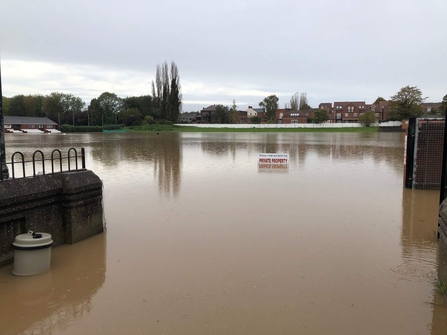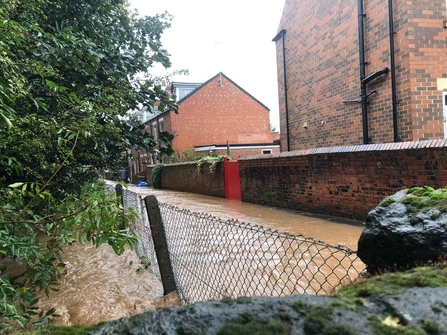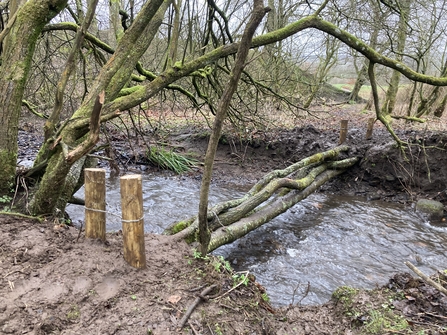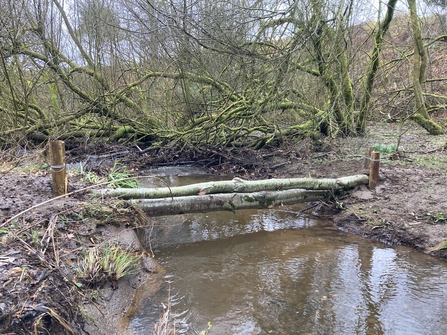The River Ryton
Rivers have always been a focal point of community, industry and connectivity in the landscape for both people and wildlife. Sadly, for some of the residents of Shireoaks and Worksop in Nottinghamshire, their proximity to the River Ryton has become a cause for concern.
The Ryton, a tributary of the river Idle, flows from West to East through Nottinghamshire, as well as parts of Derbyshire and Yorkshire. The river itself has been heavily modified and constrained by urban development over time, resulting in very little connectivity to its natural floodplain which would naturally store and slow water when the channel reaches capacity. We are seeing an increase in extreme rainfall events due to our changing climate, and flood water from the Ryton and its tributaries is now finding its way regularly into homes and businesses.





